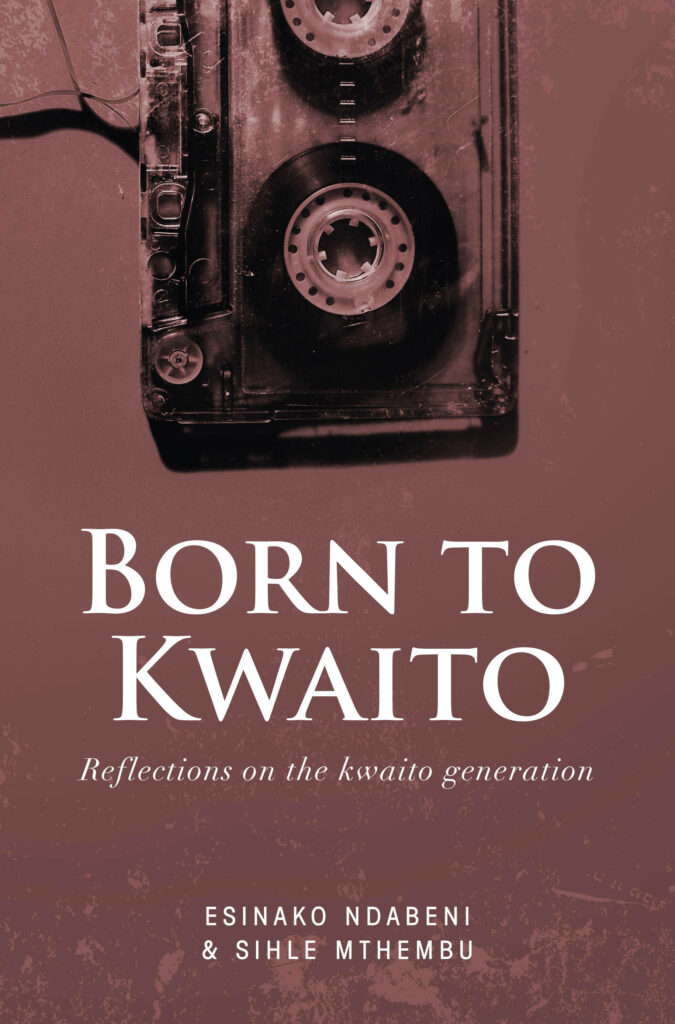Mandla Spikiri is a kwaito artist who is very deliberate about the clothes he wears. (Oupa Bopape/Gallo Images)
Clothes are a key, very complex aspect of African cultures. I do not remember a time in my life where I was not aware of the power of clothes and what they can communicate. As little children being raised by our grandparents in the village, our mothers would come home in December with clothes for us to wear on Christmas Day. It was one of the few occasions during which we could receive new clothes and roam our entire village, knocking on people’s doors, asking for Christmas goodies. It was always a grand time of year because we were not used to getting new clothes.
Fashion is an instrument to communicate personal, race, class, gender and identity politics. In the West, fashion has, for the most part, been used to police people’s gender identities, constantly reinforcing the gender binary of “man” and “woman”.
Although women can wear pants without being condemned in most parts of today’s Western-influenced societies, the reverse is not true for men. There is still a great deal of stigma attached to men dressing the way that women have been socialised into dressing (wearing dresses, skirts, and so on).
These ideas stem from hegemonic patriarchy’s need to always depict a cis-gender heterosexual man as masculinely as possible; the idea is that women’s clothing emasculates him. Fashion, in this sense, clearly reinforces the violent ideas that society has about gender.
Fashion, like power, is everywhere. It is a politics that we all participate in when we choose to fashion ourselves (or when the fashion is chosen for us). Although casual, the kwaito generation was very deliberate about the clothes they chose to wear. When I asked Spikiri how it is that he dresses ever so modestly, he stated that the people he hung around were not wealthy or flashy people, so he wouldn’t want to make them feel small by being flashy.
It goes without saying that fashion has a monumental relationship with capitalism. This is irrefutable in the scandals about multinational corporations using child labour or creating unfair working conditions for their employees (for example, the notorious sweatshops in the East owned by premium labels from the West). It is also evident in the unaffordability of clothes for many in today’s “civilised” world. The relationship between fashion and capitalism is deep. In this essay I want to explore the ways in which fashion has been used in the South African context by both oppressor and oppressed.

Firstly, I hope to bring across how humanity was denied to blue-collar workers by the colonial and apartheid regime. Secondly, I will attempt to make visible the invisible and dehumanised subjects of South Africa’s history. Thirdly, and most importantly, I will explore how fashion has been used and deployed by the youth in the period emerging from legislated apartheid.
Shame, man: the blue-collar uniform
Capitalism has done a greatly ingenious job of determining which kind of labour will be most strenuous and, therefore, least valuable. Black bodies have been tasked with the most physically and emotionally demanding jobs and yet, at the same time, been convinced that theirs are the most menial tasks, undeserving of dignified compensation.
In today’s society we are constantly told (most stubbornly and notoriously in recent times by the Twitter rants of one Helen Zille of the Democratic Alliance) that the country’s infrastructure is the beneficial legacy of colonialism. Very seldom do we sit in buildings and think, “Our ancestors built this”, even though we all know full well that black labour built this country.
There is no question about the extent to which black labour is completely underappreciated and under-compensated. In Marikana on August 16 2012, mine workers were shot dead (34 dead, 78 wounded), and scores more arrested for protesting for better pay.
There was much public scoffing about why manual labourers with little or no formal education could think they could ever be deserving of a R12 500 a month salary. This was yet another testament to the manufactured insignificance of the working class under capitalism, despite their being the engine room that drives and sustains it.
Just in case society is unable to identify these exploited bodies, uniforms are prescribed for them. In and essay in the book Was It Something I Wore? Dress, Identity, Materiality, Sithabile Ntombela, a senior lecturer at the University of KwaZulu-Natal argues that it is not that clothes degrade blue-collar workers (her analysis focuses purely on domestic workers), but rather that these uniforms “[publicise] their position, which has been constructed as low in the social order”.
This is an edited extract from Born To Kwaito: Reflections on the Kwaito Generation by Esinako Ndabeni and Sihle Mthembu. The book is currently available at a 20% discount from blackbirdbooks.africa